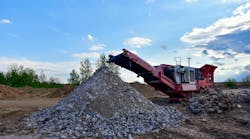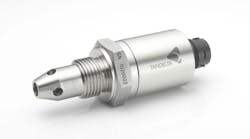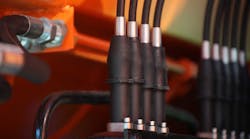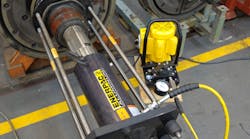Tolerances that exist in today’s high-pressure hydraulic systems demand tight control of system contamination. Contamination that is built into systems during manufacture and assembly must be removed before startup to ensure proper and predictable system performance throughout its service life (also see "Clean Hose Prevents Contamination Troubles" at the bottom of this article).
A new or rebuilt hydraulic system should be flushed before it becomes operational. The concept of flushing is to loosen and remove contamination particles inside the system by forcing flushing fluid through it at high velocity. In theory, this leaves the inside walls of the fluid conductors at the same cleanliness level as the new fluid to be installed. Then, during normal operation, the system will experience only externally and internally generated contamination that can be controlled with filtration.
Instructions for flushing usually specify a level of system cleanliness that must be achieved, and sometimes a fluid velocity that must be maintained during the flushing procedure. Typical instructions state that flushing must be accomplished at normal system fluid velocities for a certain period of time, with a certain level of filtration. More stringent specifications may call for a particular fluid contamination level and require documentation by fluid-contamination analysis.
One shortcoming of all these flushing methods is that they are based on procedures to clean the fluid, but ignore the system’s interior cleanliness. Even if the tubing and conductors were installed with the greatest of visual care, the human eye can only see particles that are larger than 40 µm—well below the needs of even the crudest and most elementary hydraulic system.








